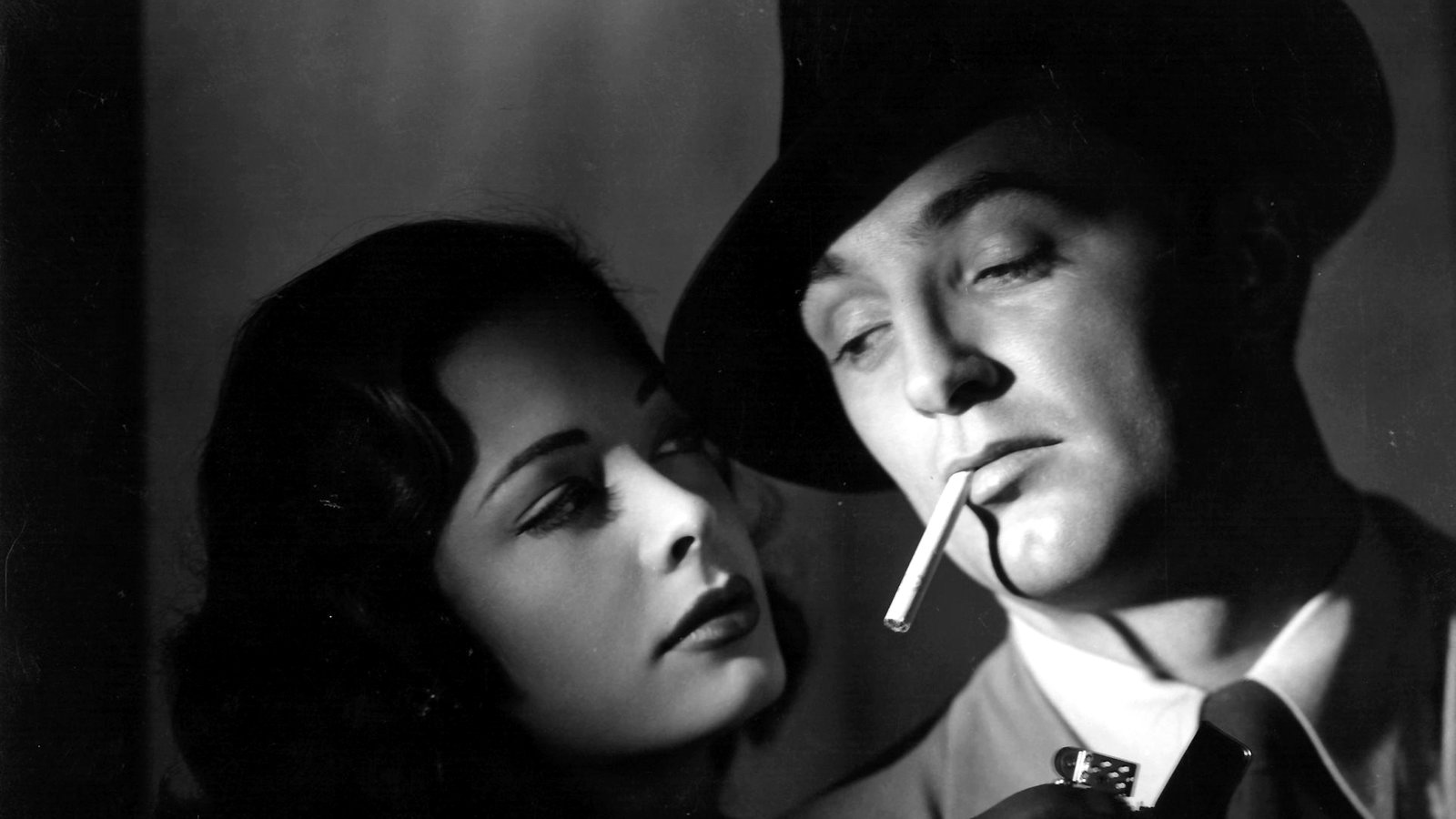‘There Are No Ends…Only Means:’ Should We Be Concentrating Less on Goals and More on Behaviours?
'You're so busy trying to win, you never stop to figure out what it is you're winning.'
I recently attended a performance of Gore Vidal’s excellent 1960 play ‘The Best Man.’ (The Playhouse Theatre until 12 May, or you can watch the 1964 film version, starring the splendid Henry Fonda.)
‘The Best Man’ concerns itself with the mechanics of politics and the corrosive effects of ambition; with compromise, horse-trading and smears; with power, corruption and lies. Fundamentally it’s a play about means and ends. And it has many contemporary resonances.
The action is set in a Philadelphia hotel at convention time, as two candidates seek their party’s nomination for President. Bill Russell, the front-runner, is a northern intellectual, a man of principle with an Achilles’ heel. Joe Cantwell is a self-educated southerner, a political street fighter with a ruthless streak. Both candidates want the endorsement of ailing former President Art Hockstader.
Initially our sympathies are with Russell. A reporter asks him whether people mistrust intellectuals in politics. Russell replies:
‘Intellectual? You mean I wrote a book? Well, as Bertrand Russell said, 'people in a democracy tend to think they have less to fear from a stupid man than an intelligent one.' Actually, it's the other way around.’
Hockstader, however, is concerned that Russell’s intellect constrains him from getting anything done:
'You got such a good mind that sometimes you're so busy thinkin' how complex everything is, important problems don't get solved.'
Hockstader is equally worried about Cantwell’s qualifications for the job. The ex-President berates the southern Governor for acting as if the ends always justify the means:
'Well, son, I got news for you about both politics and life. And may I say the two are exactly the same? There are no ends, Joe, only means… All I'm saying is that what matters in our profession . . . which is really life ... is how you do things and how you treat people and what you really feel about 'em, not some ideal goal for society, or for yourself.'
I was quite struck by this last thought – that there are no ends, only means.
In the world of commerce we obsess about aims, ambitions and aspirations. We are preoccupied with objectives, visions and missions. We are endlessly planning for the future, defining our purpose, setting our targets. In our highly competitive, fast-paced environment, we tend to be more focused on ends than means. And generally we’ll do whatever it takes to achieve our goals. Indeed ‘whatever it takes’ can be a prevailing principle.
One has to suspect that this concentration on ends over means lies behind the succession of scandals that have dogged the corporate world in recent years: the corners cut, values compromised and responsibilities shirked; the cheated tests, accelerated obsolescence and falsified information; the unpaid taxes and unequal pay; the data breaches, sexual harassment and abusive relationships; the passengers dragged off overbooked flights and the customers arrested in coffee shops. I could go on.
Perhaps we should take Hockstader’s advice. If we focus more on good behaviours and productive relationships; on doing the right thing rather than chasing the right objective; on how we behave rather than why – if we focus more on means than ends - we might find over the longer term that our colleagues are more motivated; our Clients are more trusting; and our consumers are more loyal.
It’s a tough ask, I know.
In one of the key exchanges in the play, Russell endeavours to sustain a principled position in the face of Hockstader’s practicality:
'And so, one by one these compromises, these small corruptions, destroy character.’
Hockstader replies wearily:
‘To want power is corruption already.'
No. 179














